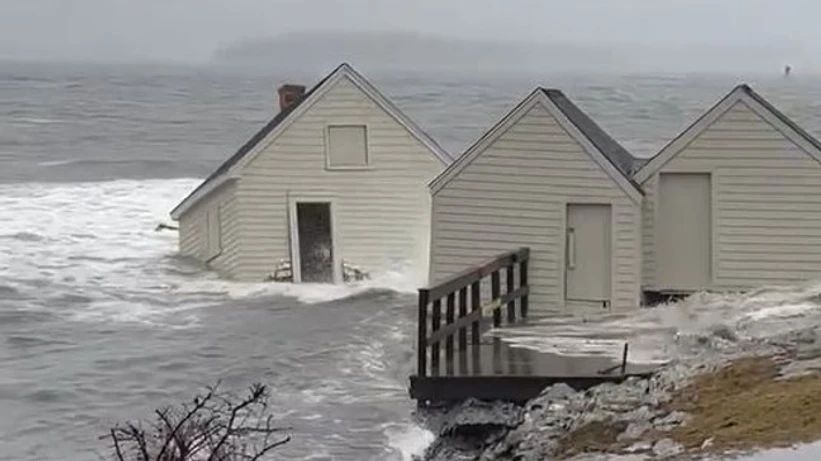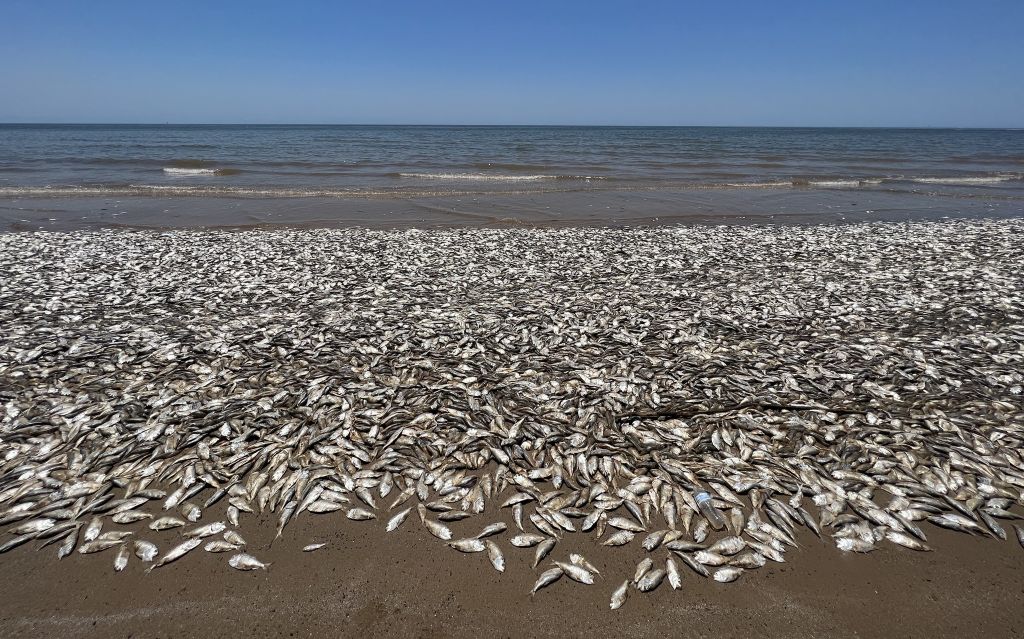“This exorbitant price tag, driven by an unparalleled number of weather and climate disasters, reinforces the urgent need for the Biden administration to use every tool at their disposal,” said one campaigner.
By Jessica Corbett. Published 2-23-2024 by Common Dreams

After an unprecedented number of billion-dollar extreme weather disasters across the United States last year, advocacy groups on Friday released an updated “Cost of Inaction Ticker” estimating the price of not tackling the fossil fuel-driven climate emergency.
Launched by the Climate Action Campaign and other groups in 2022, the ticker is based on data from the National Oceanic and Atmospheric Administration (NOAA), which found that 2023 was the hottest year on record and the 28 disasters that caused at least $1 billion in damage collectively cost Americans at least $92.9 billion, or $2,945.84 per second.
Continue reading



